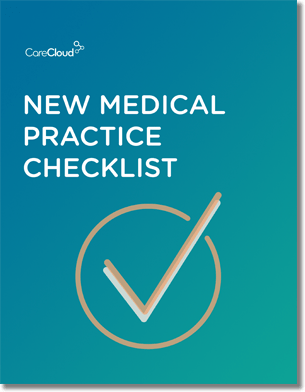It’s official: healthcare is going mobile. The ubiquity of smartphone and tablet devices has spurned thousands of companies to create mobile apps that put healthcare in consumers’ pockets – and they can barely keep up with demand.
The market for mHealth apps is growing rapidly, estimated to reach $11.8 billion by 2018. For the industry to reach its full potential, however, developers can’t just keep retreading the same territory with every app they produce. There are only so many exercise monitors and illness-researching tools patients need on their phones, after all.
To keep mobile healthcare moving at full force, America’s elite universities are getting in on the game and taking mHealth to college.
For starters, faculty, staff, and students at Johns Hopkins University are leading the charge to back the mobile health trend with solid research and data.
“It’s a nascent field, and few health apps have been rigorously evaluated,” Dr. Alain B. Labrique, director of the Johns Hopkins Global mHealth Initiative, told the Baltimore Sun. “A lot of the apps you see out now have a disclaimer or should have a disclaimer, that they have not been validated through rigorous research. It comes down to the individuals’ perceptions that the app works for them.”
JHU has around 50 official mHealth research studies already underway.
Other university programs are focused on breaking new ground in mobile app creation and design.
At Florida Atlantic University, 80 engineering, business, graphic arts, and anthropology students recently took part in an interdisciplinary course on “Android App Design and Project Management.” The undergrads, split into seven different teams, each produced working mHealth app prototypes, complete with respective marketing plans.
Similar mobile health design courses are being offered at Tufts University, Stanford, and elsewhere, while one institution is delving into mHealth as a certifiable focus for graduate study.
Case Western Reserve University has a Wireless Health graduate program in its School of Engineering, in which students can earn either a Graduate Certificate or a Master of Science degree by taking courses on the ‘Health Care Delivery Ecosystem’ and ‘Mobile Persuasion & User Experience Engineering.’
The Case grad program is the first of its kind, but we figure a multitude of comparable ones is soon to emerge.
At present, there are over 3,600 medical apps available to iPhone users alone. In coming years, that number will expand exponentially – which is all the more reason why we need scientific data backing their legitimacy, as well as educated developers and designers creating them with ‘User Experience Engineering’ at the core.
Kudos to the U.S. universities that are making mHealth a priority. Here’s hoping the wireless ‘ePatients’ of the future will benefit from them.
Would you enter into a mHealth-centered educational curriculum? Why or why not?

Do you know what you need when setting up a new medical practice?



